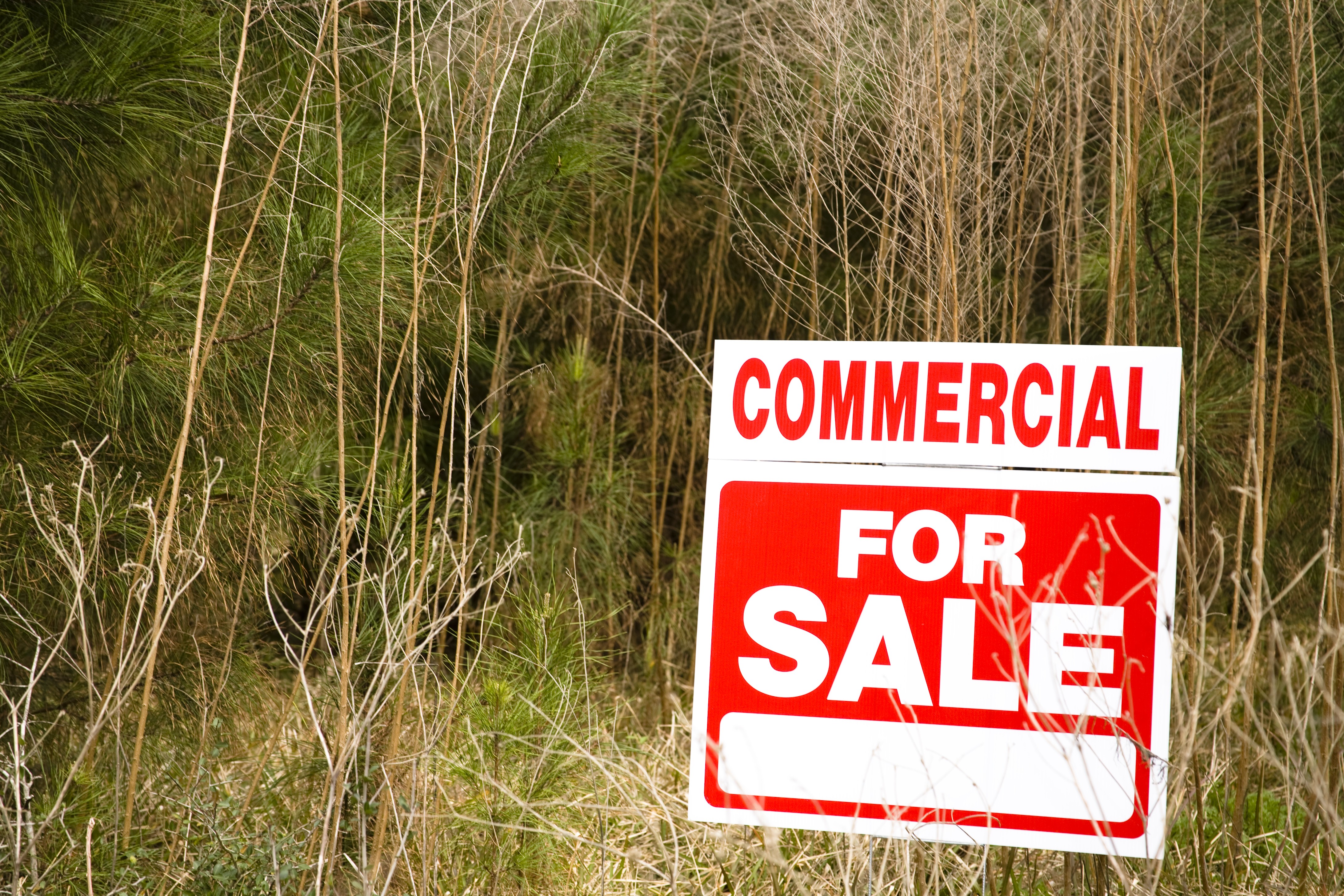Real estate due diligence assessments have become a necessary step for lenders, property owners, and prospective buyers to determine potential environmental liabilities associated with real estate transactions. The general approach recognizes two phases of environmental assessments. The goal of the Phase I ESA is to determine if there are any Recognized Environmental Conditions (RECs) present on the site.
ETS performs Phase I Environmental Site Assessments (ESAs) in accordance with ASTM E1527-13 and 40 C.F.R. Part 312 (Standards and Practices for All Appropriate Inquiries) and by incorporation the procedures set forth in ASTM Standard E1527-21.
Phase I Environmental Site Assessments
Phase I assessments are usually conducted when a general review of the property is required.
The Phase I assessment may include:
- Search of official records indicating past uses and ownership of the site.
- Site Visit to observe current site conditions.
- Review of current operations at the site and chemicals which may be utilized or produced.
- Investigation of regulatory agency records to obtain copies of permits, violations and similar documents.
- Interviews with existing and past owners, tenants, neighbors, etc.
- Obtaining/reviewing copies of site maps, aerial photographs, and city directories (if available)
- Review of information on water table, nearby water wells and water quality results
- Review prior geological or hydrogeological studies for the site or neighboring sites.

Transaction Screen Assessments
Transaction Screen Assessments (TSAs) are a lower level of assessment than a full Phase I ESA but are still an ASTM compliant document and the current ASTM standard is E1528-14.
According to the ASTM standard, the purpose of the TSA level assessments:
"The purpose of this practice is to define a good practice in the United States of America for conducting a transaction screen for a parcel of commercial real estate where the user wishes to conduct limited environmental due diligence (that is, less than a Phase I Environmental Site Assessment). If the driving force behind the environmental due diligence is a desire to qualify for one of the Comprehensive Environmental Response, Compensation, and Liability Act (CERCLA) Landowner Liability Protections (LLPs), this practice should not be applied."

Other Real Estate Assessment Services

- Preliminary Environmental Screen (PES)
- Environmental Record Search
These screens are typically used for properties with a low potential for environmental liabilities. Please contact us for more information on our full range of due diligence products or to request a proposal.



